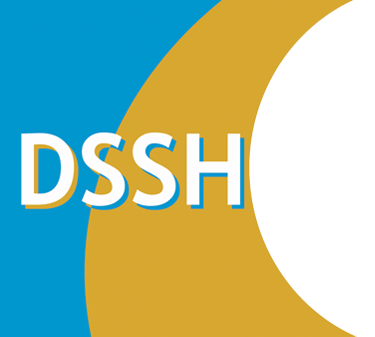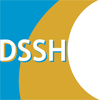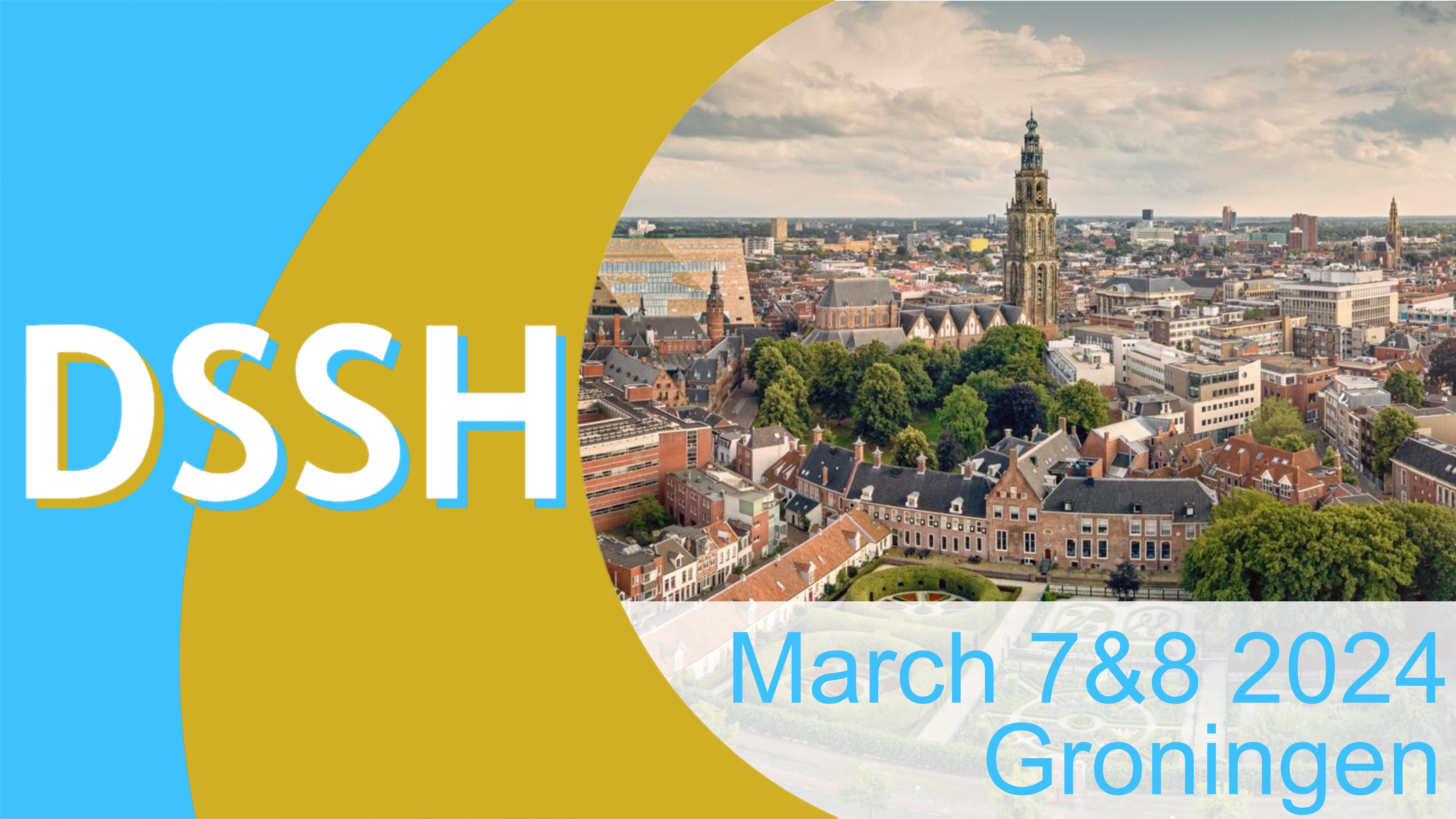GNSH Networking Summit Oxford, UK: July 31th – August 2nd 2016
Mission statement:
“A global network of organizations, committed to enhancing patient safety and quality of healthcare by promoting the appropriate use of simulation through collaboration, advocacy and support.”
The GNSH Executive Committee
Michael Seropian, USA (Chair)
Kevin Stirling, Scotland (Treasurer)
Stephanie Sudikoff, USA (Vice-Chair)
Clive Patrickson, Norway
Ralf Krage, Netherlands
Carol Durham, USA
Lucas Huang, USA
Linda Crelinsten, Canada
Patrick Van Gele, Switzerland
Secretariat
Andy Anderson, Executive Director 2016
Kay Anderson, Conference Administrator
The goal of the GNSH meeting in Oxford was to identify and exchange the needs of industry, academia and practitioners by organizing workshops and debates to focus on the barriers to expansion of simulation based education (SBE), for example what does industry need from users and what do users need from industry. Further development of the Value Based Simulation Programme including implementation feedback and next steps.
Isabelle, president of the DSSH represented our society at this 7th GNSH meeting.
Below you can find the impressive list of the delegates who represented various societies and companies from around the globe.
During this symposium there was a lot of discussion why SBE has not been embedded more frequently in healthcare. Should we demonstrate that SBE is as good as traditional training, what outcome measures should be gathered? How can we convince the policy makers?
As stated by Clive Patrickson (Board member of GNSH) policy makers have three priorities: money, patient safety and government policies. Keep in mind that “Roadies take you to Elvis… Simulation educators will take you to the CEO, policy and decision makers….”
In some institutions, SBE was initiated by offering this to the younger medical students, or to the foundation doctors who have difficulties to achieve certain competencies or by involving patients in the conversation about simulation e.g. USA patients are concerned about quality of care, affordability and effectiveness of care. In the USA hospitals are being ranked which is incredibly important to hospital board and these scores may increase if the entire faculty participates into interdisciplinary SBE programs.
Nevertheless, still only 15-20% of the staff is currently being trained per year using simulation but David Grant warned that simulation is NOT the answer but should be regarded as a tool in your daily educational programs. Subsequently workshops took place trying to value expectations (general), to identify the decision makers and their needs, to provide a strategic approach to the decision maker and finally to demonstrate the success of the solution using measurable outcomes. Examples were infection control (hand hygiene), central line blood stream infections and the management of health care workers not prepared for the job, the lowering of the nurse turnover….
At the end of these 2.5 days the delegates agreed that SBE is here to stay but to REFRAME THE VALUE of SBE FROM GRASS ROOTS DEMAND TO TOP LEVEL DEMAND outcomes should be measured correctly (cost, patient outcomes, length of stay…) to convince stakeholders that simulation is not just a training instrument but also cost-reducing and quality increasing tool.
The board will evaluate if the toolkit that has been created should be further expanded, come up with a business plan that the various affiliated societies can discuss with their board and members to decide if each society or company is happy to continue to support the GNSH and actively contribute.




